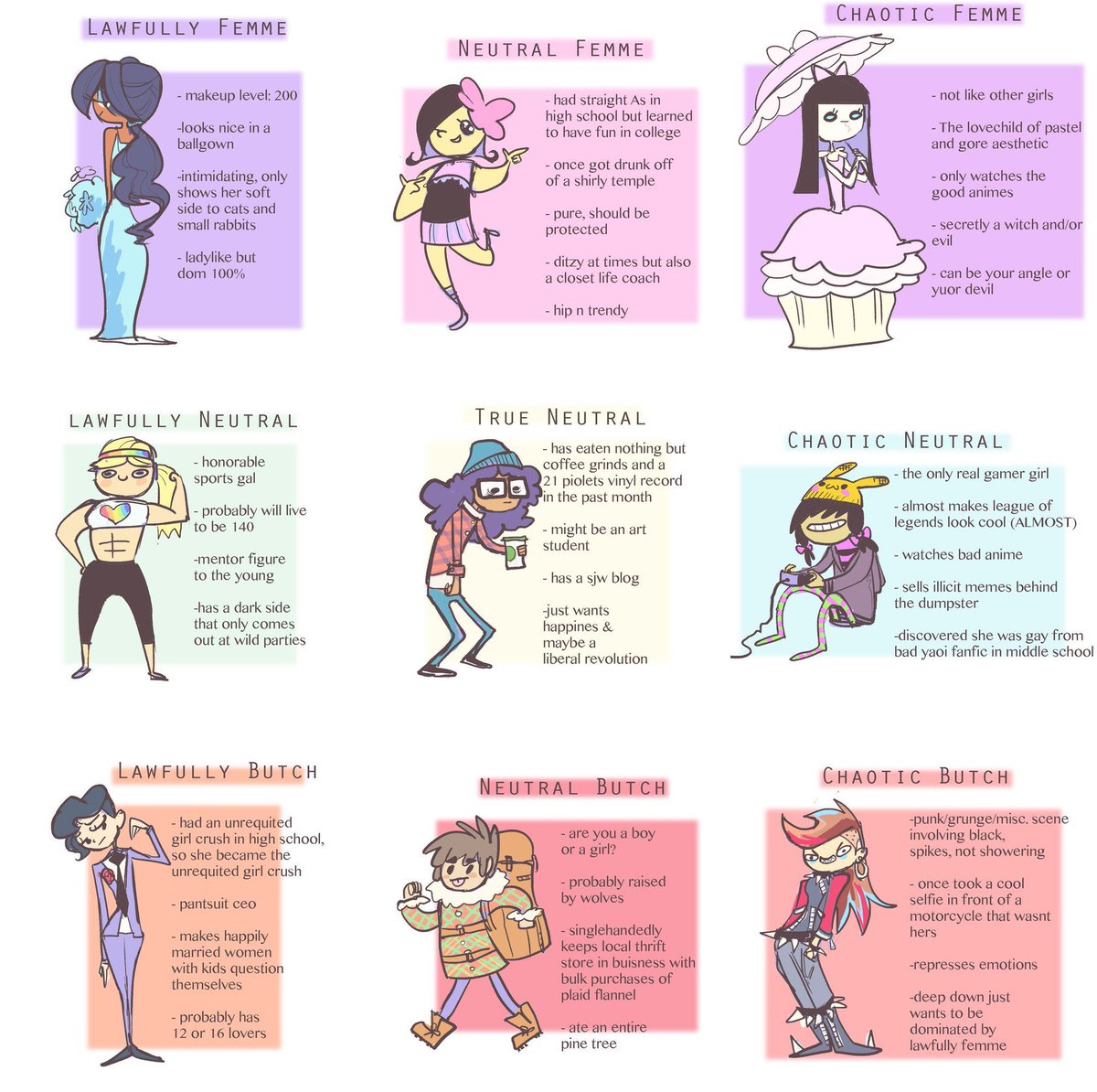
Just catching up on Chirp discourse. Quick thoughts:
🧵
🧵
I think it's a major misstep to let content fonts shoulder the weight of a product's brand. That's what wordmarks are for. If everyone did that, the most usable typography would only be found in the most unambitious products.
Ironically, the Chirp implementation actually DOES communicate a lot about Twitter's brand: features nobody asked for rolled out with great fanfare, somehow phoned-in anyway, at the expense of truly popular requests, with remarkably little critical diligence around accessibility.
(It also reflects a consistent theme in Twitter's understanding of its own brand: volatility being characterized as dynamism, even when said volatility is toxic. Everything gets neutralized to "ain't it great how people are working out their differences in realtime?".)
Some of it is also due to the very sticky trap that social mega-products (Twitter, FB) tend to fall into: working with the expectation that outcry around change is guaranteed, and therefore developing a kind of immunity to criticism which can show up in the design process itself.
It's true: you literally can't please everyone! A vocal group of people will shit on anything and everything you do, and hiveminds often seem to simply hate change. And, that's not at all the point. You gotta know in advance whose opinions you care about, and prioritize those.
Going back to this tweet, and unpacking further:
It's not the worst thing in the world for a majority of websites to use the same handful of typefaces. What matters more is if they're *good* (readable, accessible).
It's not the worst thing in the world for a majority of websites to use the same handful of typefaces. What matters more is if they're *good* (readable, accessible).
https://twitter.com/mspowahs/status/1427299764635324419
There are decent arguments that many of the most popular fonts are neither, but I'd wager a fair bit that a bespoke font is not likely to improve significantly on those things, especially when its genesis has so much marketing influence.
(See also: xkcd.com/927)
(See also: xkcd.com/927)
Instead, we wind up in a situation where products want to turn "saving licensing fees" into a brand win, but are also stuck in a convergent evolution whirlpool of, there's SOME reason behind the popularity of certain typefaces, so they can't drift too far from them, either.
So: commission a new font just like the old fonts—or in this case, whitelabel one you like decently enough—change a few things to make it yours, make up justifications for why you did that, and call it a day. It's just really boring at this point.
Last thing. I can't find the tweets to QT 'em, but I've been seeing something deeply resonant: the key to accessibility is often NOT whether you put a lot of effort into a given implementation—though, please do!—but in the ways you empower people to customize their experience.
In that regard, the biggest failing of any product-wide typeface rollout is that it's A rollout, AN experience, which, separate from how great it is or how hard they listened or how fast they iterate on concerns, severely disrespects and hinders—not just annoys—vulnerable people.
• • •
Missing some Tweet in this thread? You can try to
force a refresh









